A multi-tissue single-cell expression atlas in cattle
- PMID: 40913183
- PMCID: PMC12513844
- DOI: 10.1038/s41588-025-02329-5
A multi-tissue single-cell expression atlas in cattle
Abstract
Systematic characterization of the molecular states of cells in livestock tissues is essential for understanding the cellular and genetic mechanisms underlying economically and ecologically important physiological traits. Here, as part of the Farm Animal Genotype-Tissue Expression (FarmGTEx) project, we describe a comprehensive reference map including 1,793,854 cells from 59 bovine tissues in calves and adult cattle, spanning both sexes, which reveals intra-tissue and inter-tissue cellular heterogeneity in gene expression, transcription factor regulation and intercellular communication. Integrative analysis with genetic variants that underpin bovine monogenic and complex traits uncovers cell types of relevance, such as spermatocytes, responsible for sperm motility and excitatory neurons for milk fat yield. Comparative analysis reveals similarities in gene expression between cattle and humans, allowing for the detection of relevant cell types to study human complex phenotypes. This Cattle Cell Atlas will serve as a key resource for cattle genetics and genomics, selective breeding and comparative biology.
© 2025. The Author(s).
Conflict of interest statement
Competing interests: The authors declare no competing interests.
Figures



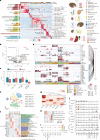
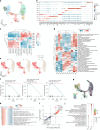
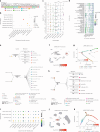
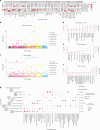
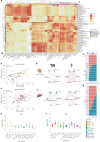
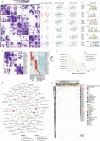
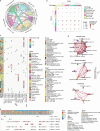
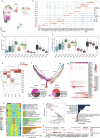







References
-
- Bruford, M. W., Bradley, D. G. & Luikart, G. DNA markers reveal the complexity of livestock domestication. Nat. Rev. Genet.4, 900–910 (2003). - PubMed
-
- Hawkins, J. W. et al. High-yield dairy cattle breeds improve farmer incomes, curtail greenhouse gas emissions and reduce dairy import dependency in Tanzania. Nat. Food3, 957–967 (2022). - PubMed
-
- Han, X. et al. Construction of a human cell landscape at single-cell level. Nature581, 303–309 (2020). - PubMed
MeSH terms
LinkOut - more resources
Full Text Sources

